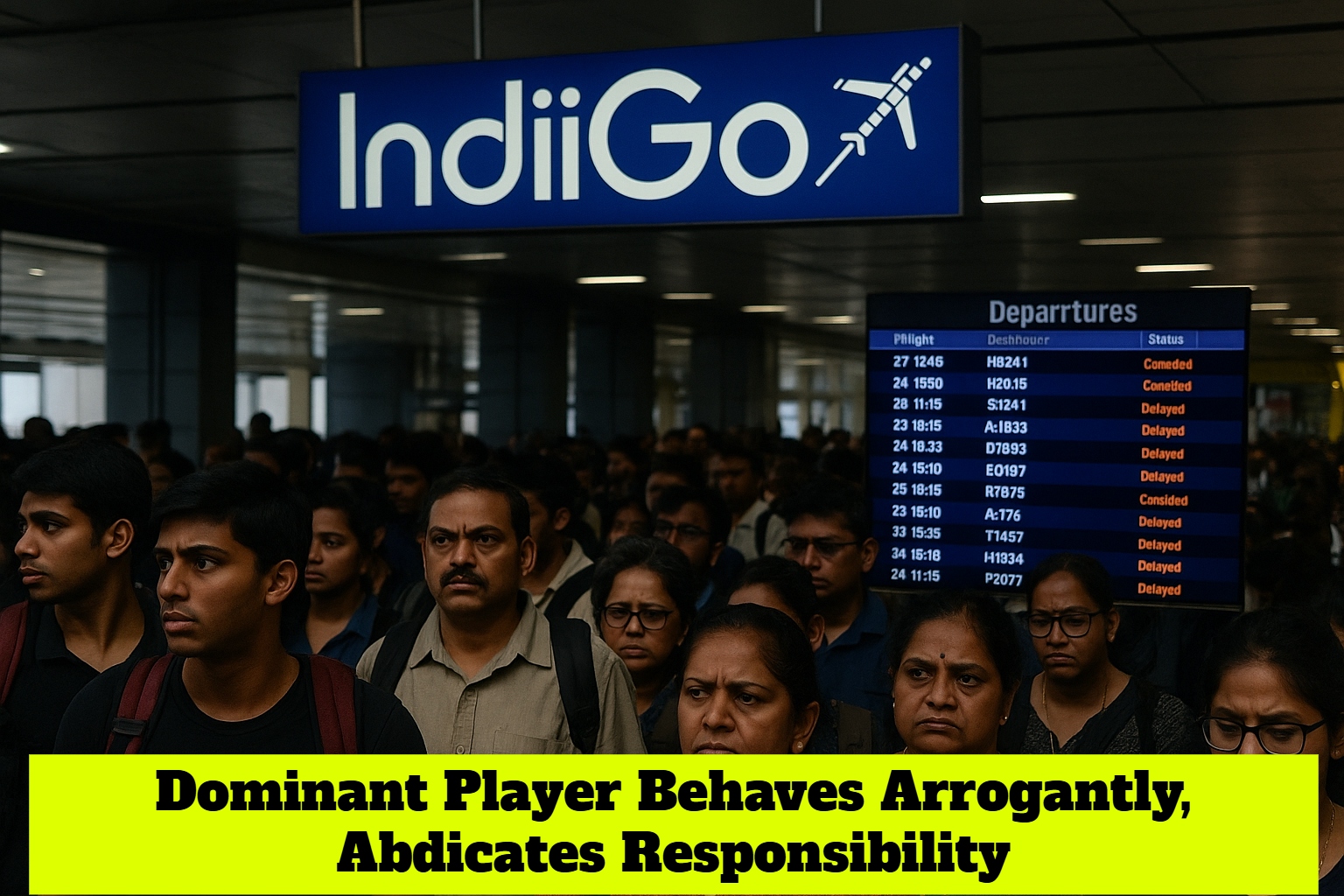

By Sunil Garodia
First publised on 2025-05-15 15:30:07
The Supreme Court order which set timelines for both the President and the Governor when it came to granting assent to bills sent to them had logically explained the reasons behind the verdict. In simple terms, it had said that even though the Constitution did not provide such timelines, the absence of timelines meant that the power granted under the Constitution could be used to scuttle bills and derail the constitutional machinery. It also explained that it was not reading in the timeline in the Article and not changing the Articles fundamentally. Yet, President Droupadi Murmu has chosen to refer the matter to the Supreme Court for its opinion under Article 143(1) of the Constitution.
Going by the questions she has submitted to the apex court, President Murmu is mainly concerned about two things - whether the judiciary can review the actions of the President and the Governor, taken under the powers granted to them under Article 201 and Article 200, respectively, and, whether timelines for such action under the said Articles can be imposed through judicial orders. In short, the President is asking whether the court is crossing the line and stepping into the domain of the legislature. Asking these questions directly means that if something is not expressly written in the Constitution and no other meaning can be explicitly or implicitly deduced, the courts cannot read up and expand the meaning and more importantly, the courts do not have the power to alter or restrict the powers granted to the President and the Governor under the said articles.
The President is also concerned that a bench of just two judges heard the Tamil Nadu matter which led to the judgment in question. She has asked the apex court whether "substantive questions of law" that require "interpretation of the Constitution" which come up before the court should be heard by a larger bench. The President has also asked the court to clarify when it can use Article 142 to use its discretionary powers to "provide complete justice". The last question is important as in the Tamil Nadu case, the Supreme Court has used Article 142 to direct that 10 bills, that were kept pending by Governor R N Ravi, be treated as assented.
Although the matter does involve important questions about the powers of the Supreme Court and the President is right in seeking the court's opinion on it, the fact is that the Constitution was made ages ago. A lot has changed since then. While the basic structure of the Constitution is considered sacrosanct and is not altered in any way by both the legislature and the judiciary, other Articles do have certain drawbacks which become visible as and when the loopholes in them are used or abused. Article 200 is one such Article. State governors (appointed by the Centre) in opposition-ruled states often use their powers under the Article to delay, or even scuttle, important legislation passed by the state assembly, thereby denying the elected government to work for the benefit of the people. In the words of the Supreme Court, this amounts to the Governor "exercising a pocket veto". The Supreme Court was right in prescribing the timelines. Now, it remains to be seen what opinion the court gives in the matters raised by the President.











